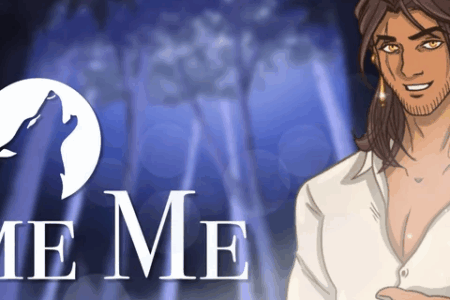
Tame Me (demo)
You come to your senses in someone else’s bed and your whole body aches. You hope that your savior will be a kind person. However, the stranger turns out to be much less friendly than you expected.
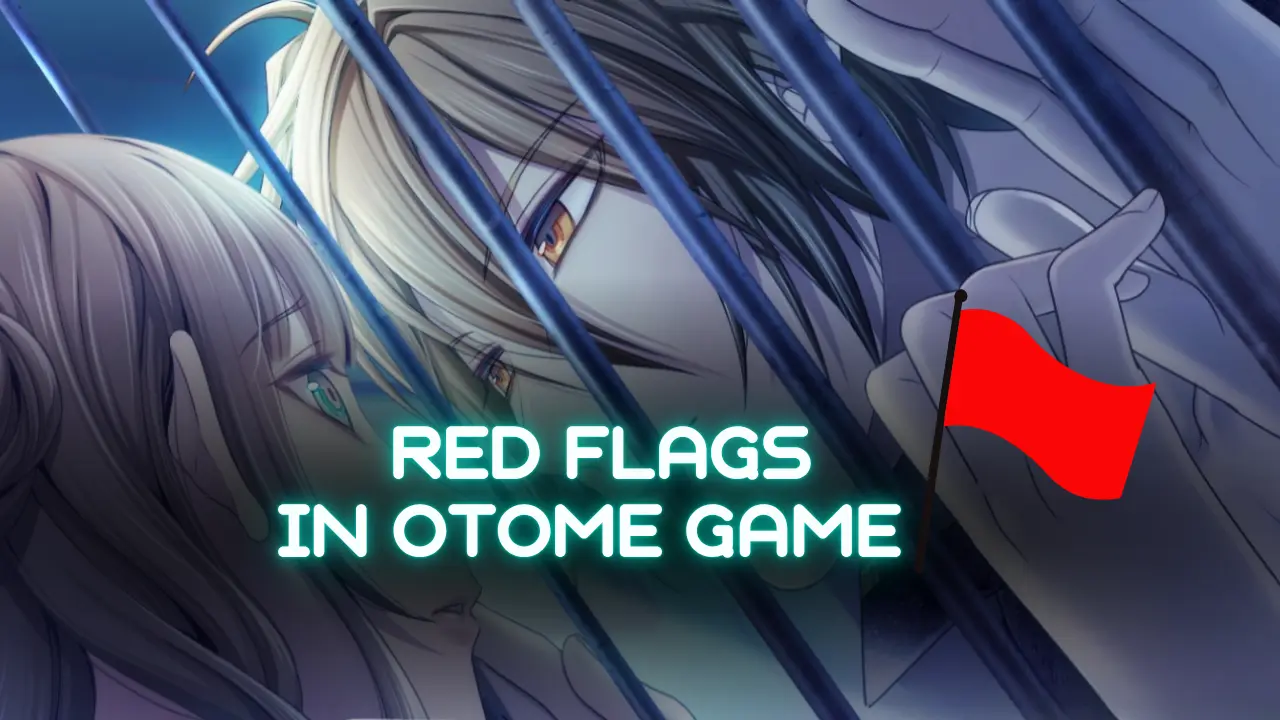
Many women find themselves captivated by intense, volatile, or even toxic relationship dynamics—not because they want them in real life, but because fiction provides a safe space to explore emotional extremes. In otome games, which center around romantic narratives with multiple suitors, the “red flag” love interest often steals the spotlight. These characters are moody, controlling, obsessive, or morally ambiguous, but they’re also deeply devoted. Fictional toxicity is consumed like spice, dangerous in large doses in life, but thrilling and flavorful in the confines of storytelling. This dynamic is especially potent in otome games, where agency and interactivity allow players to control just how close they want to get to that emotional fire.

There’s something irresistible about characters who break the rules. Red flag love interests are unpredictable, emotionally charged, and wildly loyal. They bring drama, suspense, and a sense of danger that heightens every romantic moment. Many fans enjoy the emotional rollercoaster: the intense highs, the explosive lows, and the constant question: will they change, or fall deeper into darkness?
In fiction, blurred moral lines add flavor. Red flag characters aren’t purely good or evil. They challenge the protagonist, raise the stakes, and give readers or players a taste of passionate chaos.
Red flag characters often speak to deep feelings of vulnerability that exist within audiences. Individuals who have encountered rejection or have been made to feel insignificant can resonate with the idea of someone who focuses exclusively on them. By observing a character who halts all other priorities, many find solace in belonging and being chosen. The character’s unwavering loyalty can enhance self-worth, satisfying any lingering insecurities about being replaced or ignored.

When one has consistently been overlooked, the fantasy of having a partner declare absolute devotion can feel empowering. The red flag element emerges when this partner refuses to respect boundaries. Some enjoy exploring the consequences of that refusal, since it can provide a sense of fantastical control for the reader or player. Watching someone else grapple with the ramifications of unconditional attachment allows observers to experience an emotional rush that is both captivating and safe in its virtual environment.
In many narratives, a red flag character exhibits a strict focus on the person they desire, causing that individual to feel protected despite the underlying issues. The heightened interest in vulnerability takes shape as a type of emotional security, even if it is flawed. That combination of fear and comfort delivers a distinct thrill, linking to deeply ingrained longings for safety, love, and acceptance. This reassurance resonates with those who yearn to be desired without doubt or competition.
Alongside vulnerability, there is a fascination with unpredictability that draws people in. Red flag characters create constant tension by flipping back and forth between tenderness and intensity, maintaining a sense of heightened emotion. Because these personalities do not limit themselves to standard societal norms, they can surprise fans in ways that seem almost liberating. The outcome is a realm of limitless possibilities, ensuring the story or route remains electrifying.
It is compelling to watch extreme personalities behave in ways typical heroes never would. The sense of moral complexity arises when these characters cause turmoil in the name of love. This extreme depth compels viewers or readers to wonder if redemption is possible or even necessary. Indulging in that unknown stirs lingering fearful curiosity, inspiring some to find comfort in the rush these scenarios provide.
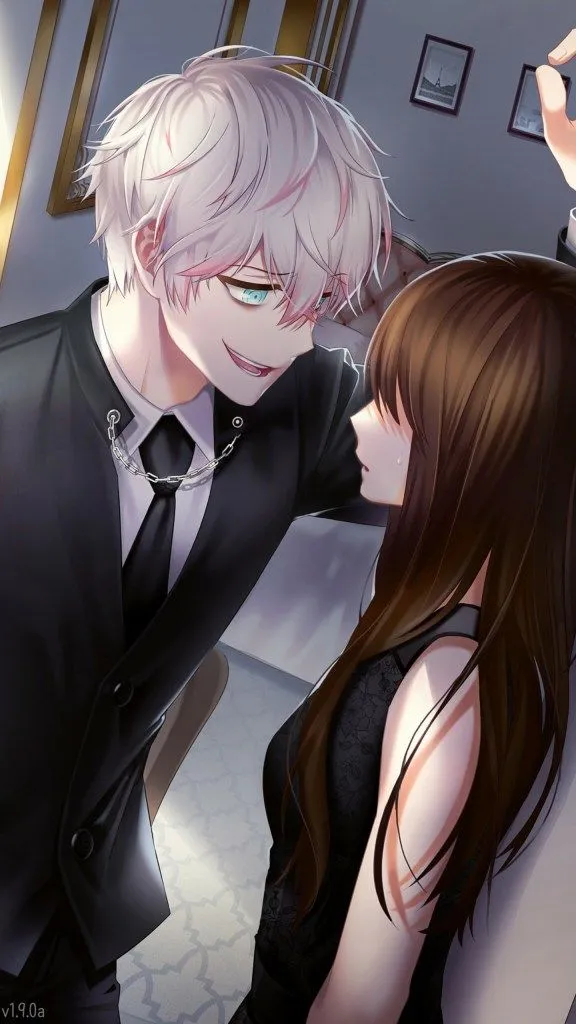
Below are a few characteristics often tied to this anticipation:
These complicated expressions grant readers a thrilling escape from standard softhearted archetypes. In many instances, the uncertainty becomes more of an attraction than any dedicated promise of genuine stability.
Devotion that borders on obsessive can seem very appealing when it is confined to a fictional scenario. Many people who enjoy these red flag figures confess that they want an idealized partner who never questions the relationship’s stability and defends them relentlessly. For those who have felt insecure, the notion that someone would go to alarming lengths to protect or keep them can appear hypnotic. Fiction offers the freedom to experience that attention without dealing with the harrowing implications of such a connection in real life.
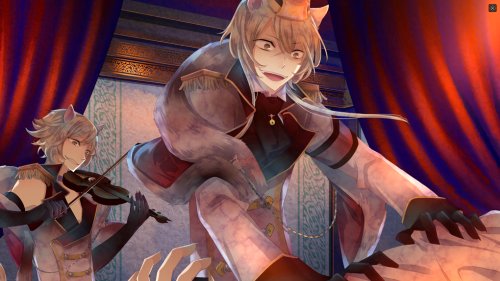
Another aspect is the avoidance of rejection. In many red flag stories, the character in question removes the need for lengthy courtship or for the protagonist to fret about being denied. This possibility can create an unusual echo of relief, mingled with excitement of having everything decided by a powerful figure. The potential for heartbreak dissipates as soon as the unconditional devotion is set in motion. Such an arrangement is satisfying to those who have been wounded by low self-esteem or social neglect.
Without being burdened by real-life risks, individuals can witness these dramatic relationships and grant themselves permission to feel the unyielding love that they might never seek in person. This imagination-driven comfort encourages them to savor the romance that surges forth with little restraint. Because these scenarios are enclosed within fictional boundaries, the genuine danger is negated, allowing fans to enjoy both protective zeal and emotional ferocity.
Some are drawn to these characters because of the dizzying promise that comes with unrestrained devotion: zero chance of abandonment. For those who have consistently craved approval or who have wrestled with unattainable ideals in reality, it is reassuring to picture a relationship in which the bond is unbreakable. This sense of being chosen, regardless of mistakes or imperfections, can enhance self-esteem. Seeing a character pour all of their energy into the object of affection soothes certain personal anxieties about worthiness.
Red flag archetypes sometimes demonstrate loyalty that transcends conventional logic. Rather than leaving at the first sign of trouble, they persist with forceful conviction. In a safe imaginary setting, that refusal to walk away becomes oddly comforting. It reveals a belief that devotion can conquer faults and insecurities, reinforcing the idea that someone, somewhere, might value those perceived flaws in a future scenario.
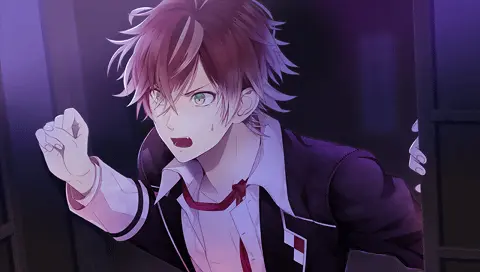
For anyone who encountered dismissal or apathy in reality, being irresistibly cherished even in a crafted world can feel emotionally validating. By temporarily immersing themselves in a reckless yet complete adoration, enthusiasts embrace a form of escapism that offers relief from real-world rejections. This creates a fulfilling mental space, however brief, where the ordinary dread of disinterest simply does not apply.
An important factor in admiring red flag characters is the difference between fictional danger and actual danger. Fans consciously acknowledge that such personality types may be harmful in everyday life. Yet in fiction, boundaries are fluid, granting readers or gamers the luxury of indulging in toxic attractions without tangible consequences. This difference amplifies the idealized notion that an extreme partner can sweep away every obstacle without truly hurting anyone in the audience.
Many also enjoy toggling between different archetypes, from the sweetest romantic characters to the darkest possible options. The presence of multiple love interests in certain interactive mediums gives enthusiasts space to experience a spectrum of behaviors. This variety nurtures a fuller engagement with the story itself. Red flag characters often spark the greatest emotional response, whether it be fascination, apprehension, or stealthy attraction.
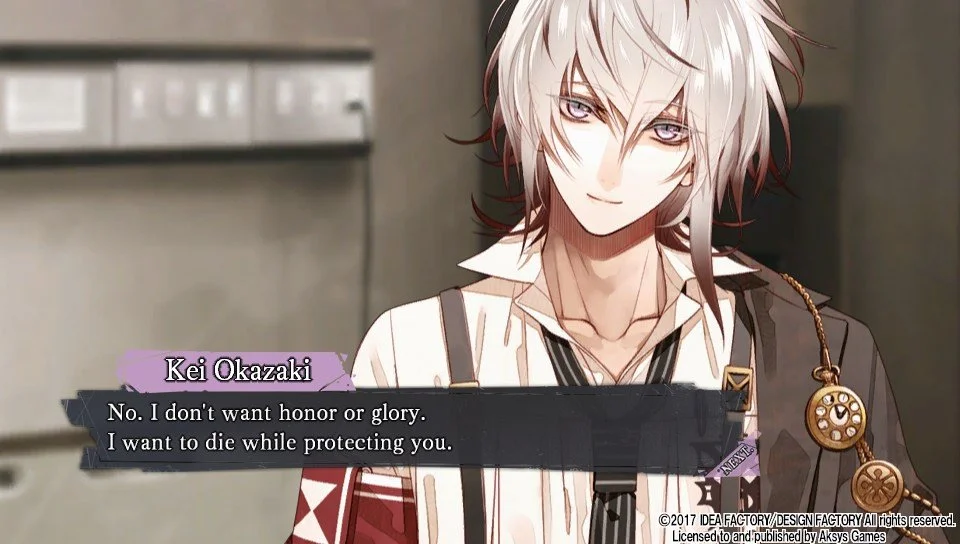
When players or readers exit the fictional realm, they may retain the excitement but remain balanced enough to avoid tolerating abuse in real relationships. Fiction, in this sense, can be a controlled playground for emotional exploration. One can revel in a fantasy of unyielding attention or dangerous impulses while upholding strong boundaries in the real world. This separation maintains the thrill while preventing any actual harm.
Red flag characters usually exude authority, dominance, or a heightened capacity to undermine social conventions. This energizes storylines, frequently driving significant conflicts that revolve around their relentless grip on the things and people they desire. The element of control raises suspense, offering readers or players the opportunity to observe how the protagonist reacts. The push-and-pull dynamic can produce tense and emotionally charged moments, intensifying the overall narrative experience.
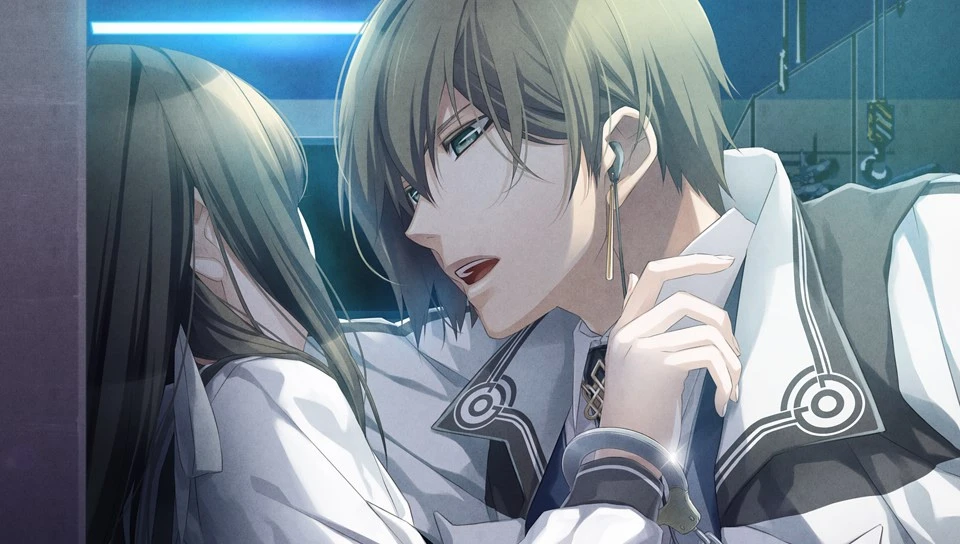
When an unhinged character single-mindedly defends or seizes the protagonist, there is a vicarious thrill in seeing that show of power. Each instance of manipulation or control can be seen as a powerful display of affection, tracing a fine line between intimidation and consuming devotion. The excitement lies in the ambiguous moral territory, where good and bad merge into an unforgiving romance that has no middle ground. For some, that sense of absolute power is electrifying, especially when it is recognized as purely fictional.
Audiences who appreciate red flag personas often emphasize both the dangerous appeal of their strength and the comfort derived from absolute protection. By stepping into a controlled setting, the audience experiences a rush from witnessing such extremist methods without real-life repercussions. This power dynamic fosters a distinct bond that is perfect for generating dramatic arcs.
It might seem contradictory, but many find security in a partner who appears unstoppable in fiction. The entertainment medium acts as a buffer, ensuring viewers can marvel at controlling behavior free from personal risk. Scenes that might alarm a real individual in an actual interaction become riveting story moments when there is no true threat behind the screen. In such contexts, the presence of a formidable figure is no longer terrorizing but reassuring.
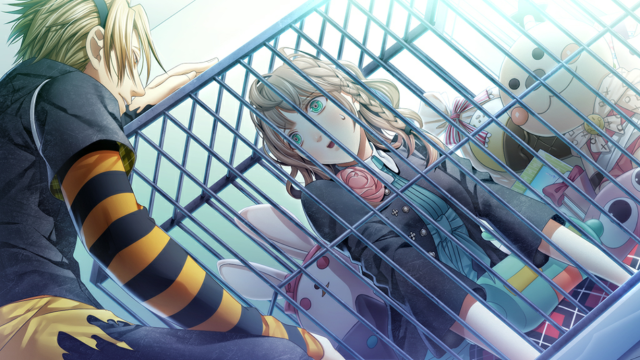
Control can become a substitute for the typical emotional indecision that real individuals often fear. Rather than pleading for clarity, the love interest makes all the decisions. This style can feel liberating to those who normally face anxiety over being liked or accepted. Since the fictional realm offers a realm of exploration, the relationship can be passionately extreme while still remain something that can be switched off once the game or book is closed.
Below are some ways control can add security in fictional stories:
In situations wherein the protagonist is persistently uncertain, the control exuded by a red flag character can remove that uncertainty. It produces a fantasy environment free from the personal vulnerabilities that weigh people down in actual scenarios.
Audiences recognize the clear distinction between a fantasy romance and a genuine relationship. This acknowledgment permits them to admire extreme control or dominance without moral implications in their daily lives. The unique boundary of fiction safeguards them from the negative effects of such power. They can appreciate the urgent tension and extravagance while maintaining full independence once the book, film, or game ends.
Submerging oneself in these stories can be unexpectedly cathartic. Readers can contemplate fears about losing autonomy or being overshadowed, yet see them manifested in a safe domain. This process can sometimes encourage introspection regarding boundaries and desires. In the same way that one might enjoy vicarious danger through horror films, delving into control-focused romance can bring exhilaration without exposing one’s actual life to chaos.
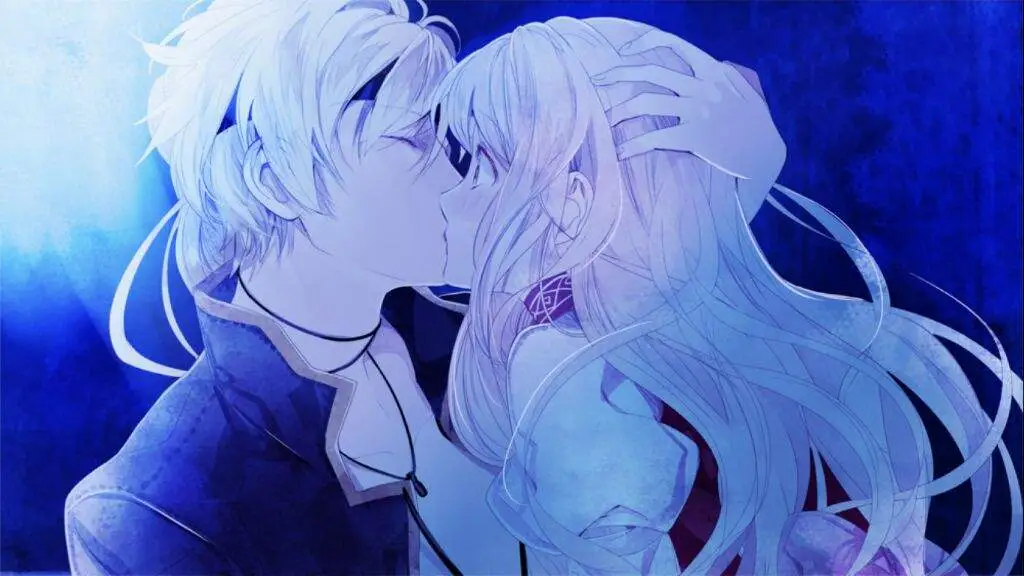
Because fantasy scenarios are bound by narrative logic rather than real-world consequences, they can refine the controlling character into a figure with redeeming aspects or intriguing vulnerabilities. This creative license allows stories to remain endearing even when they thoroughly explore extremes. Fans relish that tension, rationalizing it within the constructed reality of an imagined world.
Individuals frequently cite the multi-dimensional nature of these characters as a major reason for their enduring popularity. Disturbing or aggressive behaviors are occasionally countered by unusual moments of kindness, questionable self-awareness, or an unshakeable devotion. These contradictions transform the character’s role within the narrative, making them more than a typical villain or perfect lover. This depth inspires empathy, curiosity, and occasionally frustration, all merging to create an unforgettable figure.
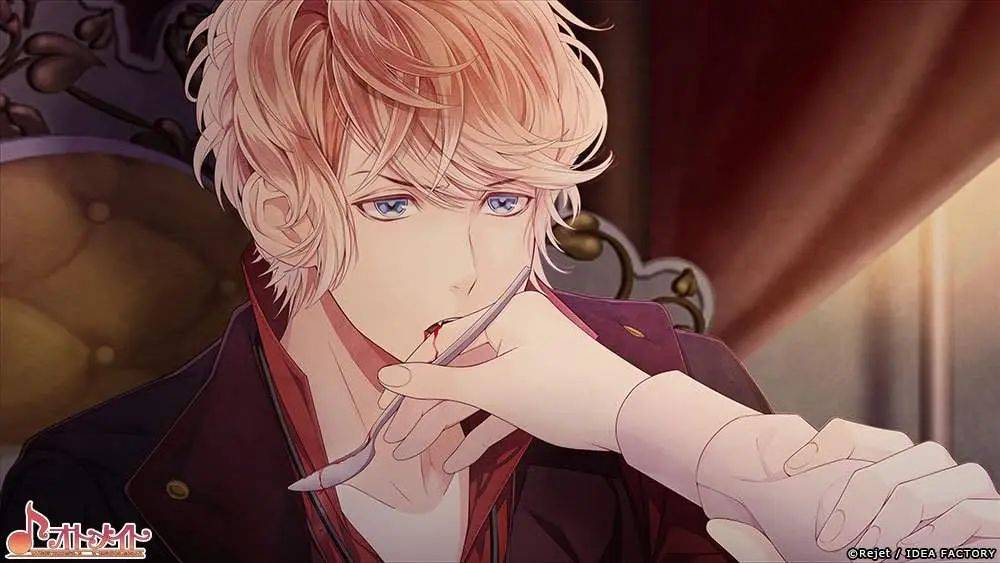
In certain stories, red flag characters wrestle with moral dilemmas that force them to confront their behavior. They may claim to accept their dark actions, or they may express the desire to change for the protagonist’s sake. This introduces compelling tension surrounding loyalty, redemption, and self-acceptance. Viewers and readers take interest in their potential for growth or, in some cases, their inevitable descent into more extreme conduct.
By weaving in a solid backstory, authors make these characters difficult to categorize strictly as good or evil. That inability to categorize easily sparks further devotion from fans, who search for deeper reasons behind the possessiveness or ruthlessness. This approach extends beyond typical romantic arcs, elevating red flag personalities into something that is simultaneously challenging and mesmerizing.
A key theme that arises with red flag love interests is the battle between forgiveness and moral opposition. Enthusiasts sometimes root for a character’s transformation, championing their path to self-improvement. Others fully embrace the flawed aspect, relishing a complex personality that refuses purity or typical hero expectations. This tension between wanting better behavior and missing the intensity that initially drew readers in can be emotionally gripping.
In many fictional routes, lovers can caution each other about going too far. Yet the red flag personality might not see the boundary as a strong deterrent. Sometimes, the protagonist attempts to change that character, fueling a cycle of push and pull. This entire scenario ensures a sustained interest, as onlookers wonder which side of the personality will triumph at any given moment. Regardless of the final outcome, the journey tends to be substantial, testing the audience’s empathy and moral lines.
The prospect of redemption adds a layer of hope to affection that might otherwise be overshadowed by toxicity. Even if fans do not universally agree on whether these characters deserve a second chance, there is an undeniable magnetism in seeing them evolve from cold and possessive to slightly less destructive. In this way, redemption arcs can both magnify the emotional payoff and leave a lasting impression on those who experienced the storyline.

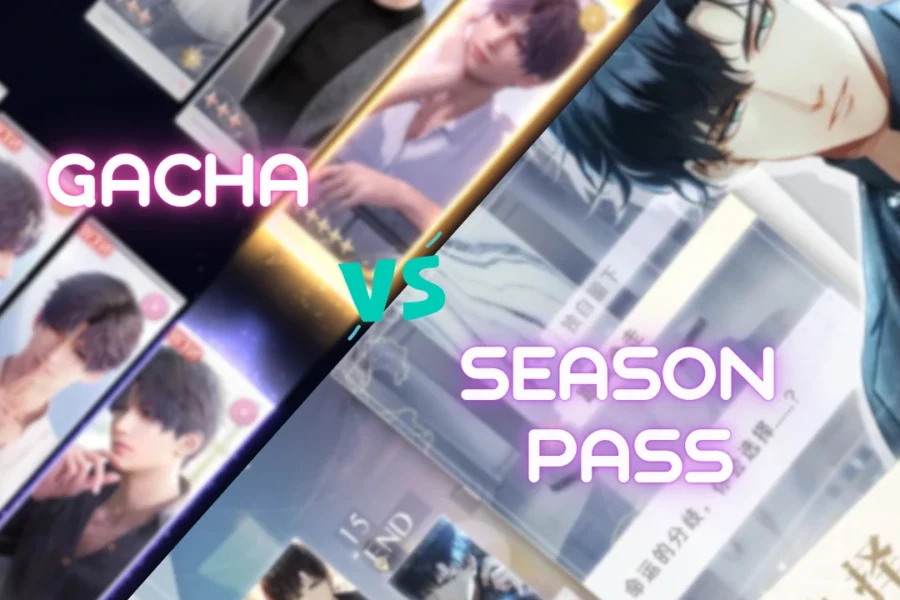
Otome publishers today have two headline ways to turn romance-obsessed players into loyal, paying fans: (1) the luck-based gacha draw and (2) the fixed-tier season/battle...

In today’s special episode of the Otome.com podcast, our hosts have the pleasure of speaking with Korina, the creator behind Shattered Souls, a dark fantasy...
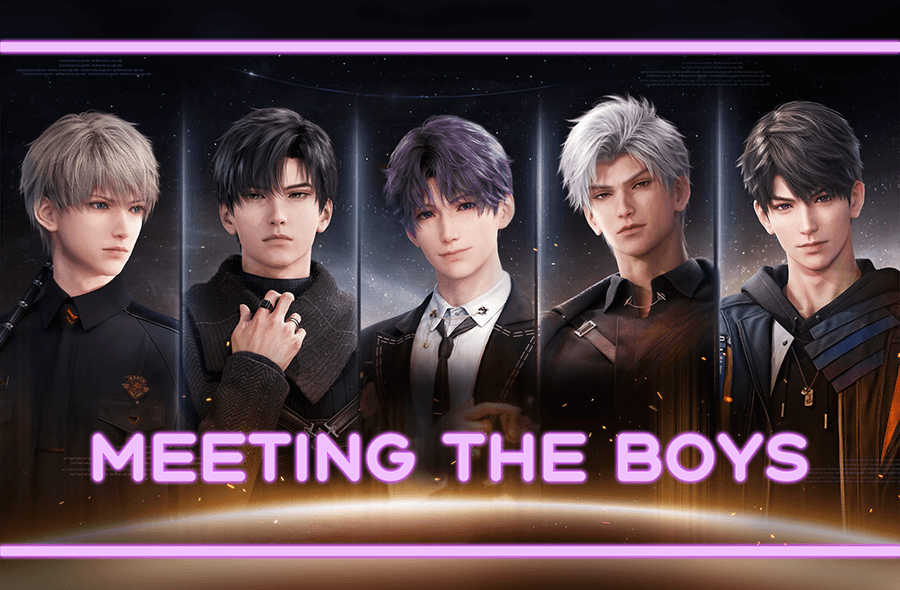
Love and Deepspace is this beautifully crafted sci-fi otome game that mixes romance with some surprisingly fun action RPG mechanics. As you make your way...